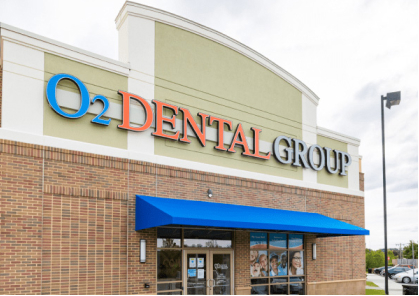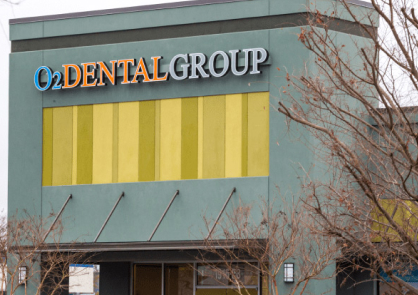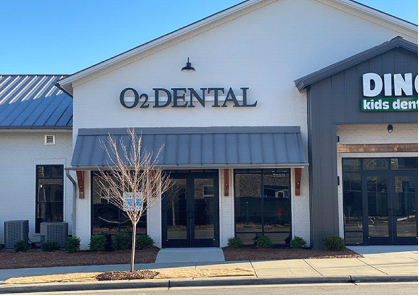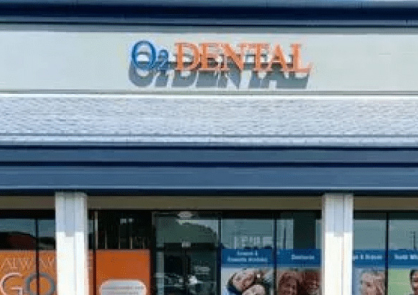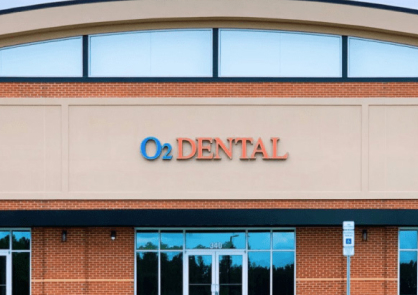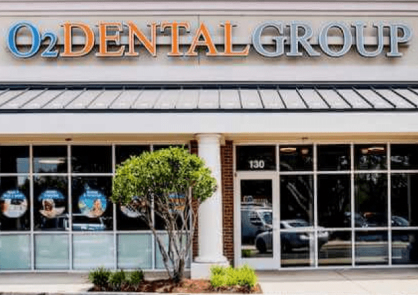Tooth Extraction
Tooth extraction is a dental procedure where your tooth is removed from its socket in the jawbone. Your dentist will recommend this procedure in cases where other treatments are ineffective or leaving the tooth in place could result in serious health concerns down the road.
Reasons for Tooth Extraction
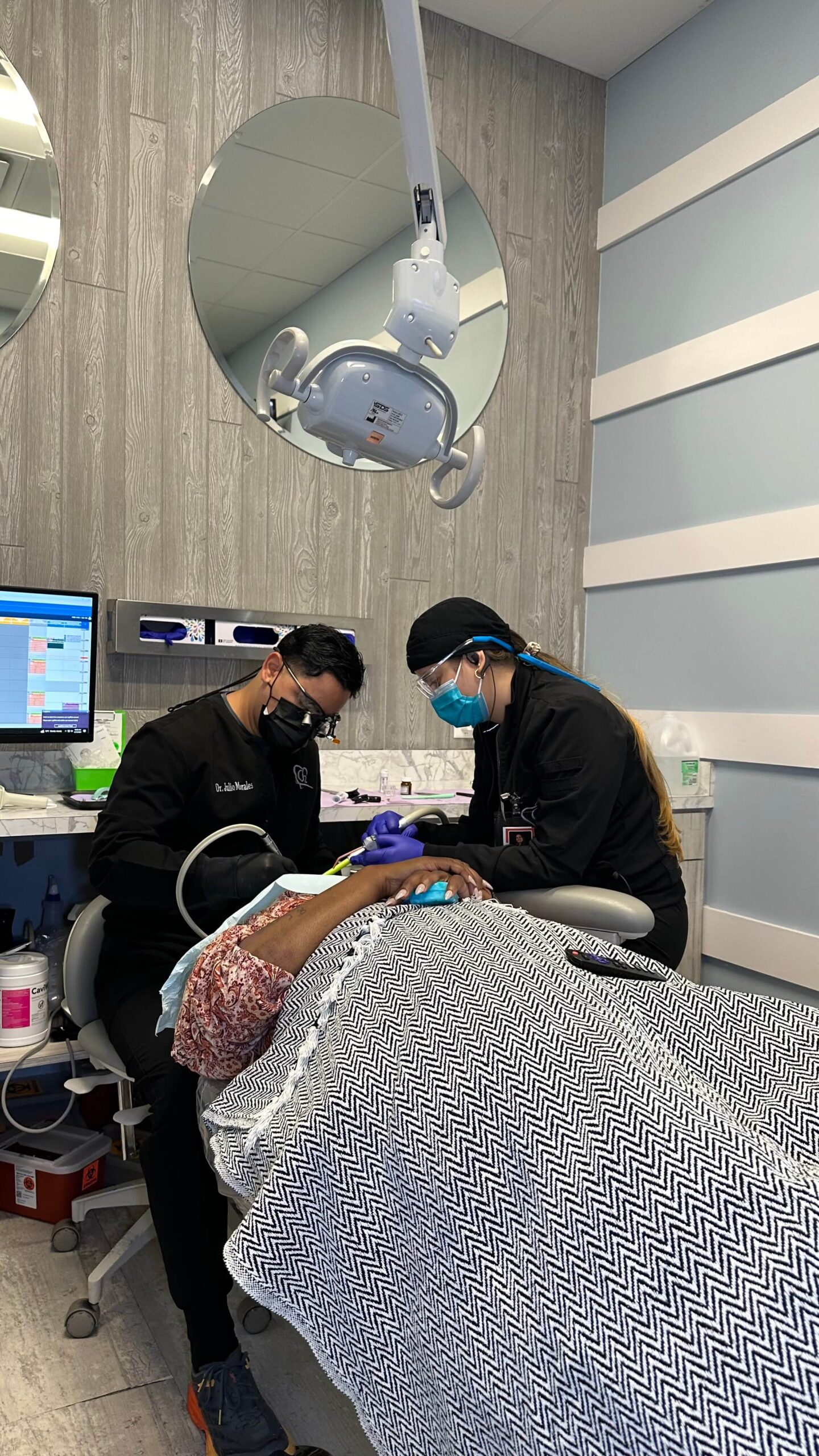
Overcrowding
Overcrowding of the teeth is a dental condition where there is insufficient space in the jawline to accommodate all your teeth. Premature loss of primary teeth and genetics are some of the factors that contribute to overcrowding.
As a result, your teeth become misaligned, leading to complications with biting and chewing. Your dentist may recommend tooth extraction to improve the effectiveness of non-invasive procedures such as clear aligners and braces.
Impaction
Tooth impaction is a dental condition where the tooth fails to erupt from the gumline. Severe cases of impaction are seen with wisdom teeth where the impacted tooth pushes against other molars, causing them to be damaged. Impaction aggravates your gums, making them bleed and susceptible to infection.
Moreover, the condition causes intense pain and impairs chewing. In most cases, tooth extraction is the best treatment for impacted teeth.
Tooth Decay
Your dentist can use dental fillings and root canal treatment to repair the damage caused by tooth decay. However, tooth decay can progress to a point where restorative dental treatments are no longer viable.
Your dentist will likely recommend tooth extraction, especially if the decaying tooth is causing infection and compromising the surrounding teeth. You as a patient also have the option to extract your tooth rather than restorting it with a filling root canal therapy.
Gum Disease
Gingivitis and periodontal disease are dental conditions caused by the accumulation of plaque and tartar. Gingivitis causes inflammation and bleeding of the gums, while periodontitis afflicts the bones and tissues surrounding the tooth.
Deep cleaning and periodontal maintenance can help treat gum disease. However, tooth extraction might be the only viable treatment to eliminate progressive gum disease and prevent severe health complications.
Tooth Extraction Types
The two most common types of extractions are:
- Simple dental extraction: This is an extraction that involves removal of a tooth with a dental elevator and/or forceps. A simple extraction generally does not require laying a flap, sectioning the tooth or removing supporting jaw bone.
- Surgical dental extraction: This extraction procedure may involve laying a flap, sectioning the tooth or removing supporting jaw bone in order to complete the extraction. This is usually necessary when the tooth is partially covered by the gums or bone, or perhaps the tooth is impacted or brittle. A surgical extraction may also be necessary if the tooth is hard to remove for a number of various reasons.

What Happens During a Tooth Extraction Procedure?
Dental extraction consists of the following steps:
Pre-extraction Preparation
Your dentist will discuss the available dental sedation options with you in detail and recommend the best option depending on your extraction procedure.
The main sedation option in dentistry include:
- Nitrous oxide: This light sedative is administered using a mask or nosepiece. It’s used for conscious sedation and reducing dental anxiety.
- Oral sedatives: Oral sedatives are taken about an hour before the extraction. They range from mild to potent medications, making them more versatile than nitrous oxide. Examples include diazepam, lorazepam, and triazolam.
- Intravenous (IV) sedation: IV sedatives produce the deepest level of sedation in a dental office setting. Your dentist will only recommend this option if you undergo a lengthy and painful dental extraction. IV sedatives are administered directly into your bloodstream through a vein in the arm.
- General anesthesia: This sedation option is reserved for unique situations.. General anesthesia is also ideal for patients with severe dental anxiety since it produces a state of unconsciousness. General anesthesia procedures will generally involve an internal or external specialist such as an anesthesiologist.
Extraction Procedure
While dental extraction is unique to your situation, the procedure generally involves the following steps:
Anesthesia or Sedation
Most dental extractions are completed under local anesthesia. Your dentist will administer local anesthesia directly to the tooth/ jaw area.
For sedation cases, your dentist will refer to your pre-extraction preparation results to determine the best sedation option for your tooth extraction. For instance, they may administer a light sedative such as nitrous oxide for simple extractions. On the other hand, complex surgical dental extraction procedures may require IV sedatives or general anesthesia. Even under sedation, local anesthetic will still be administered to the surgical site before an extraction is completed.
Extraction
Next, the dentist will ensure you are comfortable before the procedure begins. They will opt for one of the following methods depending on your diagnosis:
- Simple dental extraction: Your dentist will loosen the tooth using a dental instrument called an elevator. Next, they will grab the tooth with dental forceps, gently rocking it back and forth until it can be separated from the alveolar bone.
- Surgical dental extraction: Your dentist will make a small incision on the gum and connective tissues surrounding the tooth. They might need to remove some of the surrounding jawbone for better access. They may fragment the tooth before extraction, simplifying the procedure and minimizing trauma to the gums.
Post-operative care
Your dentist will clean and disinfect the socket after extracting your tooth. They might place stitches or sutures to accelerate healing. Next, your dentist will place gauze on the extraction and ask you to bite gently on it for about 30 minutes to an hour.
The gauze reduces bleeding and promotes clot formation. Finally, your dentist will give you post-operative care instructions. They might also prescribe antibiotics and pain medication depending on your situation.
Tooth Extraction Aftercare
Your dentist will issue post-operative care instructions that help promote healing and reduce infection. They include:
- Proper dental hygiene: Maintaining proper dental hygiene by regularly brushing and flossing your teeth reduces the risk of infection. However, be gentle to avoid aggravating the extraction site and dislodging the blood clot.
- Watch your diet: Eat soft foods such as pudding, soups, and applesauce for 24 hours after the procedure. Avoid crunchy, sugary, or sticky foods since they might hinder healing and cause complications.
- Take medication as prescribed: Your dentist might prescribe antibiotics and over-the-counter painkillers. Follow the drug prescriptions to reduce discomfort and prevent infection.
- Avoid smoking: Cigarettes have various harmful substances that might hinder healing and cause complications at the extraction site.
- Rest: Adequate rest after the procedure promotes healing and reduces the risk of dislodging the blood clot.
While your recovery period is unique to the type of extraction, following these aftercare tips accelerates healing. In general, you will recover within a few days. However, your jawbone might take several weeks to heal fully.
Complications of Tooth Extraction
Dental extraction consists of the following steps:
Tooth extraction is a safe procedure with several long-term benefits. However, there’s a slight risk that the surgical procedure might cause complications. These include:
- Nerve damage: There’s a minimal risk of nerve damage during the extraction if the tooth is close to a nerve—loss of sensation in the tongue and lips after extraction is a common effect of nerve damage.
- Dry socket: A dry socket forms when the blood clot is dislodged. The exposed bone and nerves cause severe pain and increase the risk of infection.
- Excessive bleeding: There’s a minimal risk of excessive bleeding after extraction. Several factors might cause this, including anticoagulant medication and bleeding disorders.
- Occlusion: Tooth extraction might interfere with your chewing muscle contractions leading to a misaligned bite after the procedure.
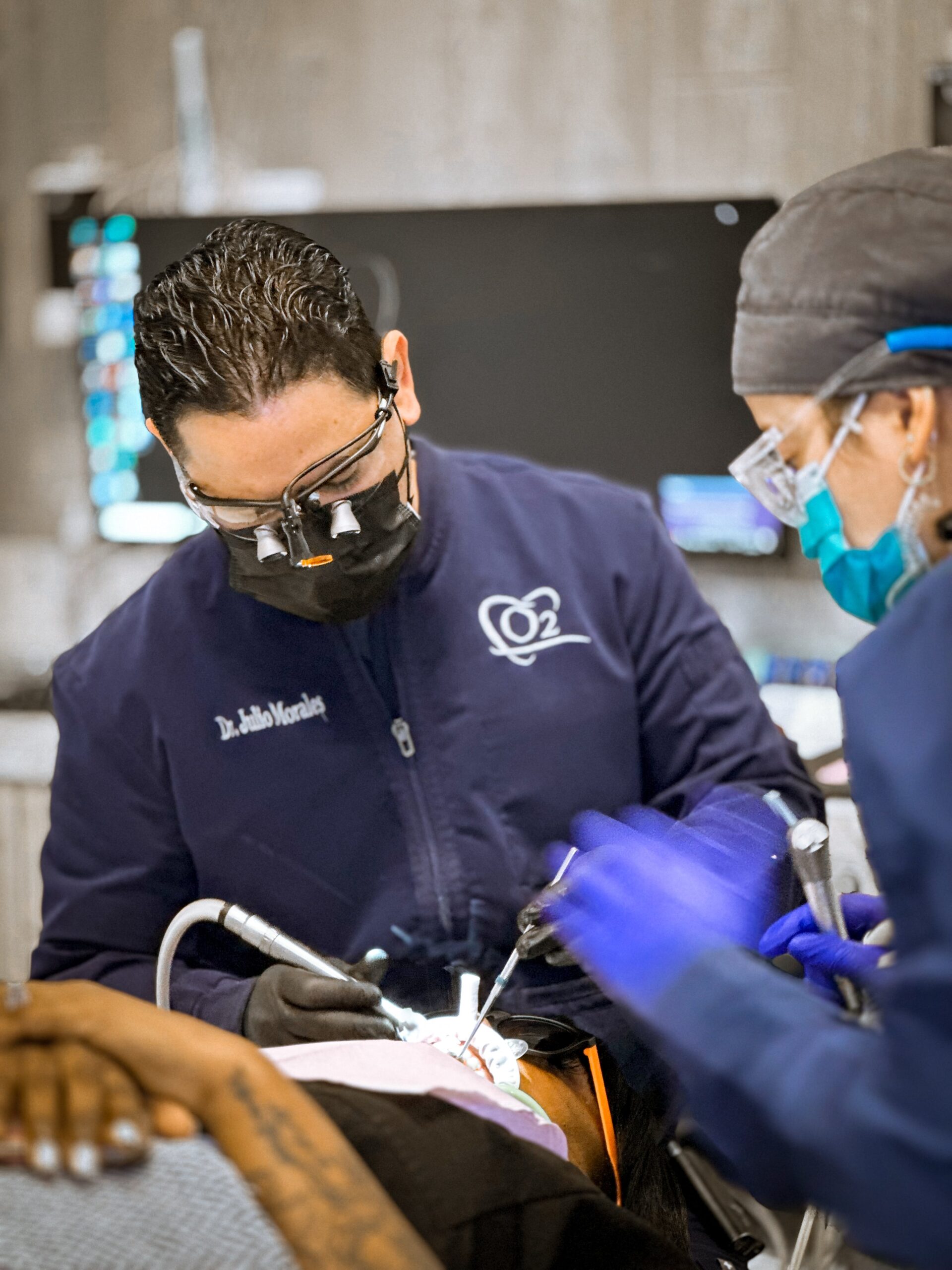
You should seek medical attention if you notice these symptoms after tooth extraction. Remember, following tooth extraction aftercare tips promotes fast recovery and reduces your risk of developing complications.
Alternatives to Tooth Extraction
Dental extraction consists of the following steps:
It’s important to note that tooth extraction is usually a last-resort treatment. Your dentist might recommend the following alternative procedures:
Periodontal Treatment
This procedure can be used to treat mild and advanced cases of gum disease. Your dentist will use scaling and root planing to rid your teeth of tartar build-up. Also, they might prescribe antibiotics to eliminate the recurring infection.
Root Canal
Root canal treatment involves removing the infected pulp and filling the space with a biocompatible material. The procedure is relatively non-invasive and can prevent the need for tooth extraction.
Apicoectomy
An apicoectomy is a dental procedure to resolve infections of the root tip and the bones surrounding it. Your dentist will remove the root tip and the surrounding infected tissue. They will then clean the tooth and place a small filling to seal the root canal.
Dental Fillings
Dental sealants can be used as a preventative measure against cavities. Your dentist will recommend fillings to repair minor tooth damage and prevent the progression of cavities.
The thought of a tooth extraction may be unpleasant. However, the procedure eliminates the risk of serious complications, especially if other treatments are ineffective. For the best results, consult with a skilled dentist on dental extraction, tooth replacement options, and alternative treatments to tooth extraction.
We Offer Tooth Extraction in These Cities
Schedule Today!
We look forward to meeting you. Call us or request an appointment online to set up your first visit. We’ll be in touch soon.

